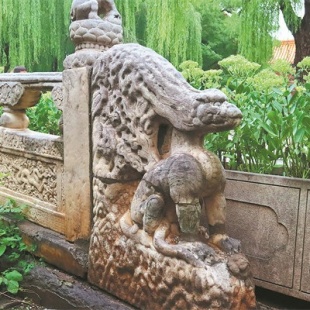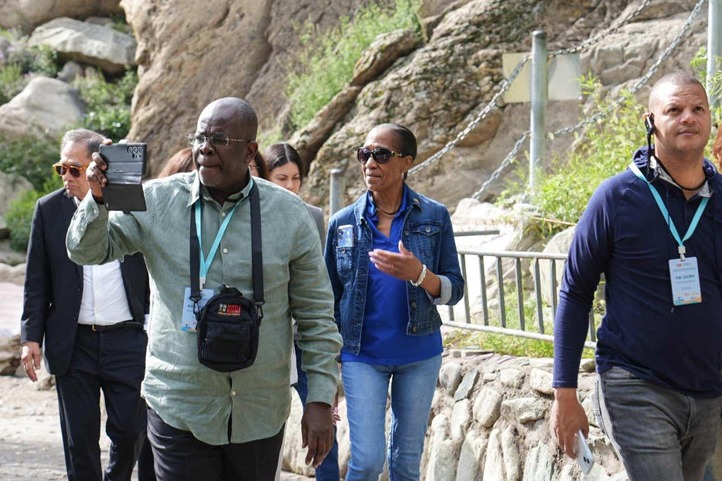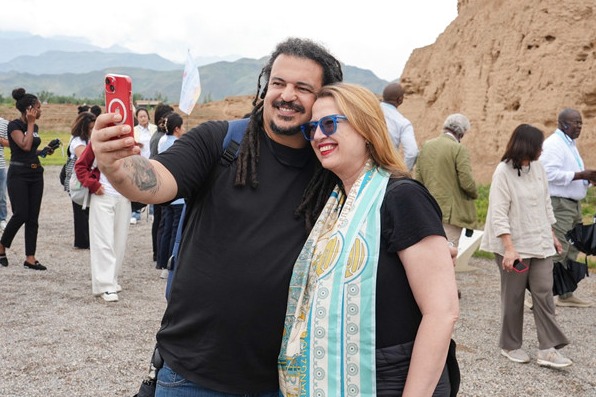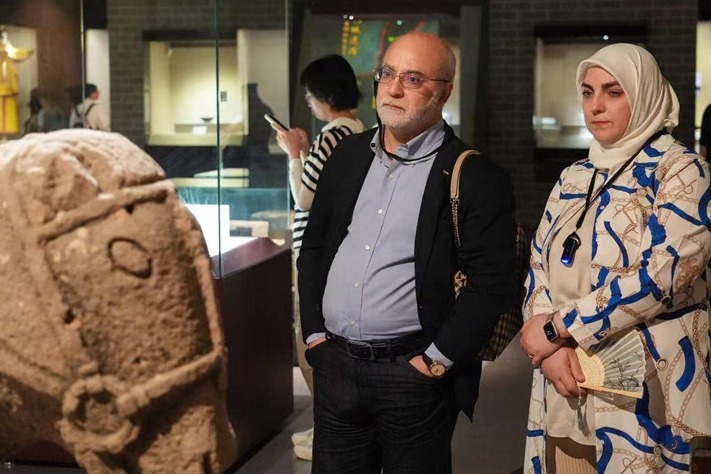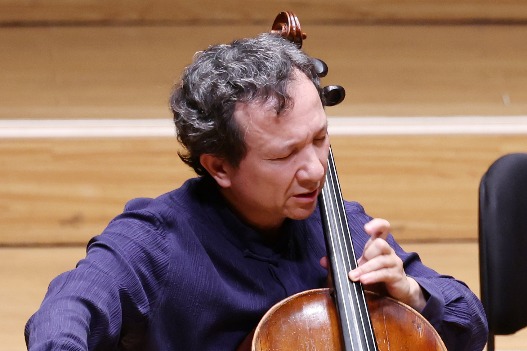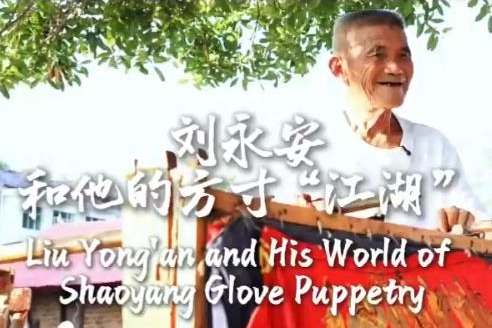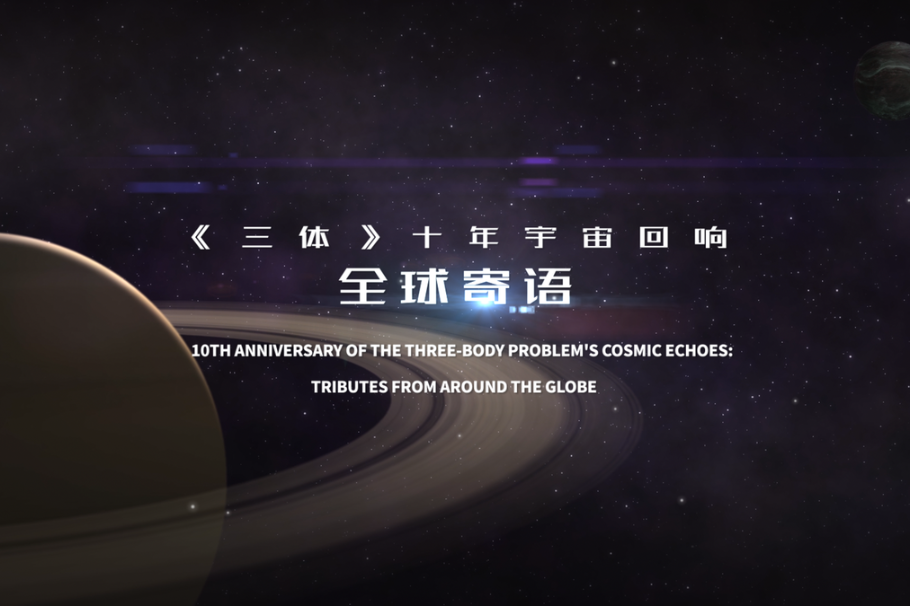The riddle of the missing palaces

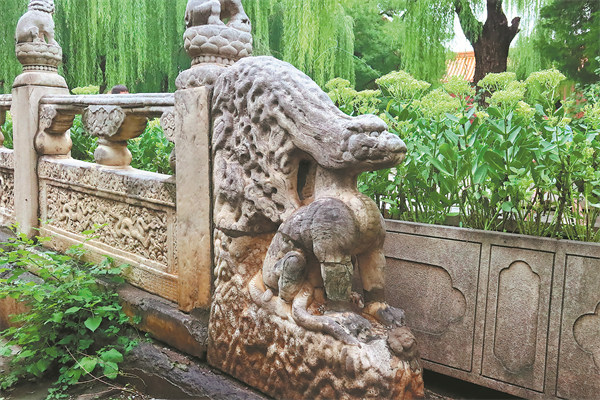
A new round of excavations began in 2020, also in the west part of the museum, and focused on the ruins of the former Qing Dynasty royal workshop, known as Zaobanchu. Once again, Yuan imperial architectural foundations and constructional components were unearthed.
When China Daily reporters visited the site last week, Xu and his colleagues were still cleaning the architectural bases in a newly excavated pit. These rammed earth bases with layered crushed bricks and compacted clay were buried about 2 meters under the current ground surface.
As an experienced archaeologist, Xu could immediately tell its typical Yuan elements from the stone patterns and the constructional method.
Tiles, roof decorations and bricks with dragon-shape reliefs seem to transfer viewers to an era of prosperity.
"Dragons reveal the imperial identity of our findings," Xu explains. "Compared with dragons from later Ming and Qing dynasties, whose formats became relatively fixed, Yuan dragons were more abundant in colors and shapes. They were more vivid looking."


